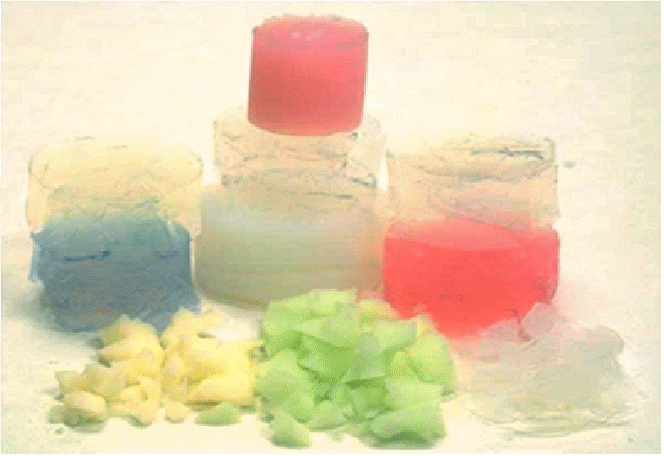Aerogels are rigid material derived from gels. They are basically solid materials full of bubbles, much less dense than the material they consist of, being mostly air, and can be lighter than air. They are typically very strong structurally, with impressive load bearing abilities due to the dendritic microstructure, in which spherical particles of average size 2–5 nm are fused together into clusters. These clusters form a three-dimensional highly porous structure of almost fractal chains, with pores just under 100nm. The average size and density of the pores can be controlled during the manufacturing process.
Aerogels are good thermal insulators because they almost nullify the three methods of heat transfer (convection, conduction, and radiation). They are good conductive insulators because they are composed almost entirely from a gas, and gases are very poor heat conductors. Silica aerogel is especially good because silica is also a poor conductor of heat (a metallic aerogel, on the other hand, would be less effective). They are good convective inhibitors because air cannot circulate through the lattice. Carbon aerogel is a good radiative insulator because carbon absorbs the infrared radiation that transfers heat at standard temperatures.

